Researchers use chemical looping process to produce hydrogen from hydrogen sulfide gas
Green Car Congress
SEPTEMBER 13, 2021
Researchers at The Ohio State University have used a chemical looping process to produce hydrogen from hydrogen sulfide gas—commonly called “sewer gas”. Herein, we demonstrate a sulfur looping scheme in a one-reactor system using a low-cost and environmentally safe iron-based sulfur carrier.


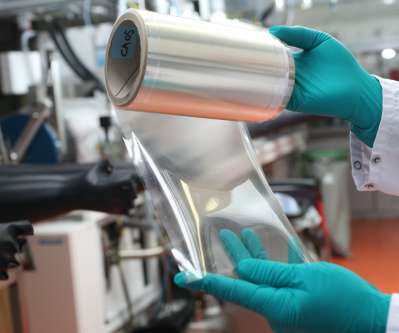
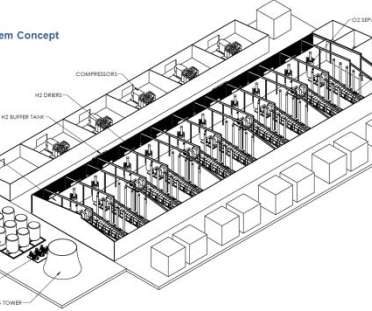



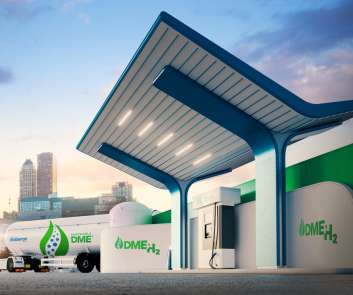













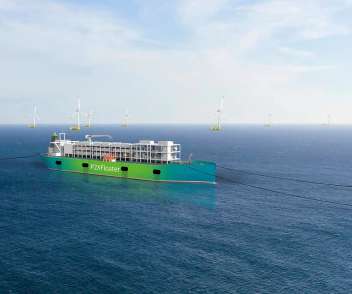








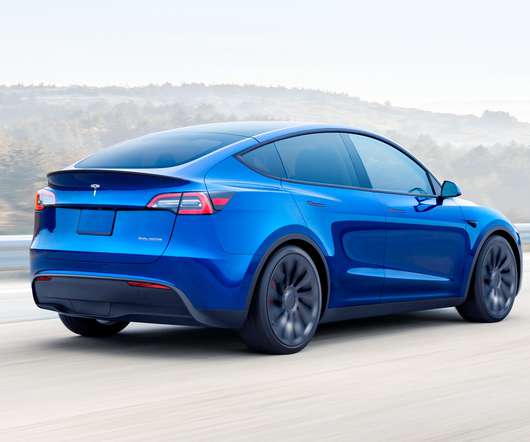






Let's personalize your content